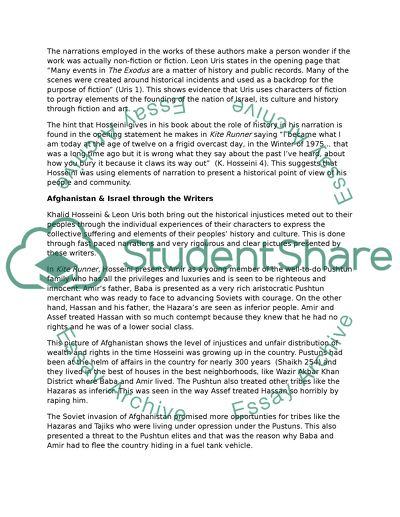Cite this document
(“Literature and culture Research Paper Example | Topics and Well Written Essays - 2000 words”, n.d.)
Retrieved from https://studentshare.org/family-consumer-science/1423133-literature-and-culture
Retrieved from https://studentshare.org/family-consumer-science/1423133-literature-and-culture
(Literature and Culture Research Paper Example | Topics and Well Written Essays - 2000 Words)
https://studentshare.org/family-consumer-science/1423133-literature-and-culture.
https://studentshare.org/family-consumer-science/1423133-literature-and-culture.
“Literature and Culture Research Paper Example | Topics and Well Written Essays - 2000 Words”, n.d. https://studentshare.org/family-consumer-science/1423133-literature-and-culture.


